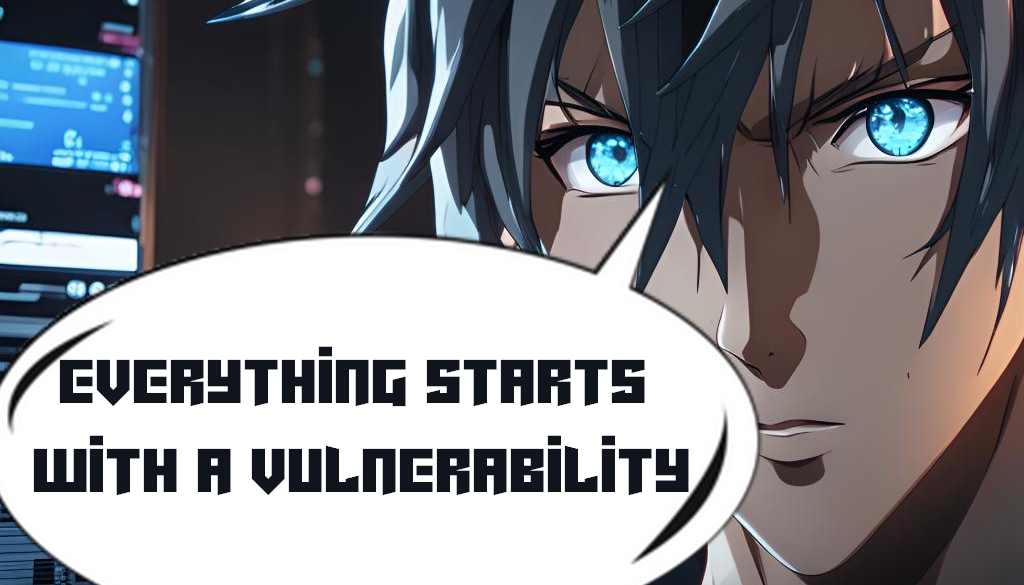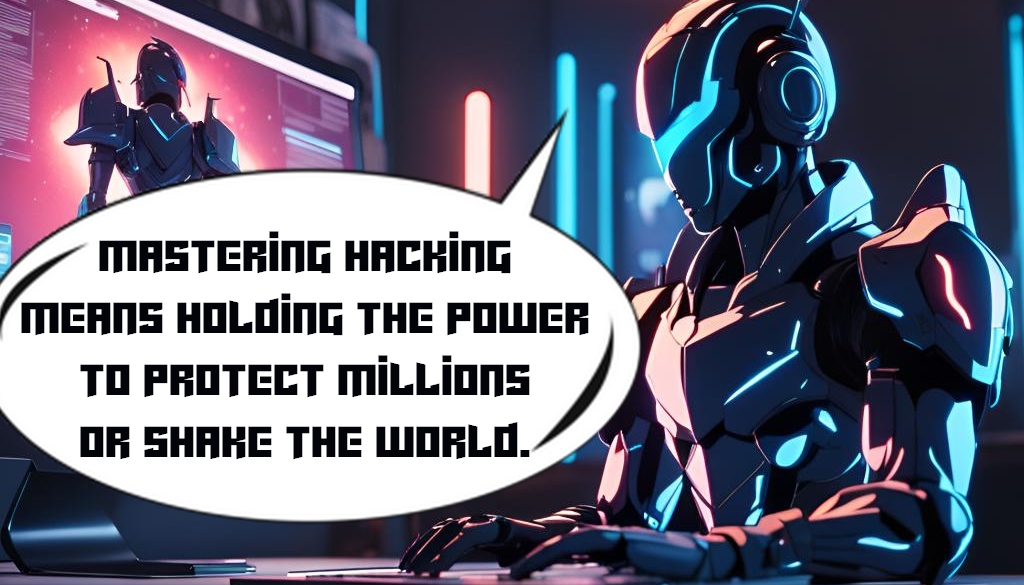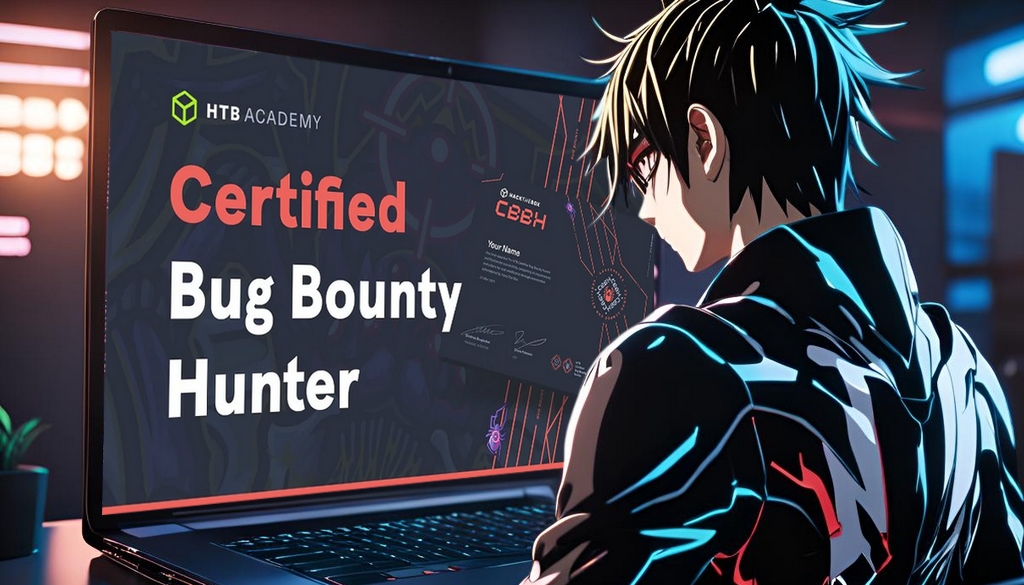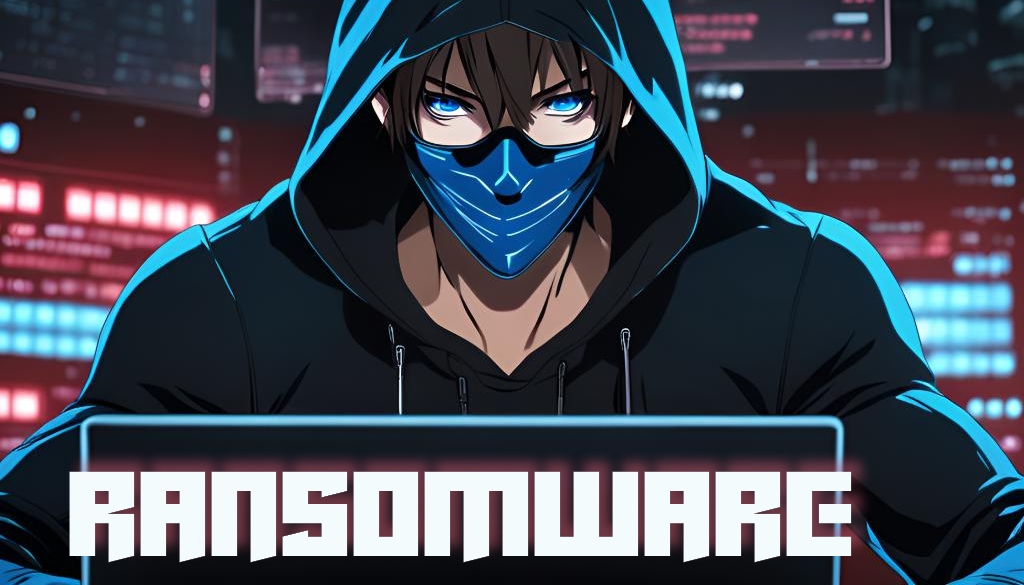
Hackers see flaws as opportunities. With sharp strategy and creative thinking, they turn small gaps into big breakthroughs. To defend against them, we must first understand how they think.
In a world increasingly connected by digital threads, hackers are the ones who pull on those threads until something breaks. But far from being mere troublemakers, hackers are often highly strategic thinkers. They analyze systems like puzzles, looking for weak spots — and once they find one, they use it as a lever to create real-world impact. Whether they’re black hats, white hats, or something in between, their mindset offers a powerful lesson: understand the system better than the person who built it.

1. Everything Starts with a Vulnerability
Every hack begins with a flaw — a vulnerability in code, infrastructure, human behavior, or even process logic. Hackers don’t see software like normal users. They see entry points:
- Unpatched software
- Misconfigured servers
- Weak passwords
- Open ports
- Social engineering opportunities
They ask: “What wasn’t supposed to happen… but could?”
This kind of thinking reverses the typical development mindset. Developers aim to make things work; hackers aim to see how they break.
2. Chain Reactions: From Flaw to Full Access
Once a vulnerability is found, the real hacking begins. One flaw is rarely enough for a major breach — but it’s the start of a chain reaction. Here’s how a hacker builds momentum:
- Find the flaw → maybe it’s an SQL injection.
- Exploit it → get access to part of the database.
- Escalate privileges → now you’re admin.
- Move laterally → access other systems.
- Exfiltrate data or plant a payload → the endgame.
This step-by-step thinking is what sets hackers apart: they zoom out and see how systems connect, not just where they’re weak.
3. Hacker Mindset = Strategic Thinking
Hackers don’t just look for “what” is vulnerable — they ask “why” and “what next”. Their skills aren’t just technical — they’re cognitive:
- Lateral thinking – solving problems in creative, non-obvious ways
- Persistence – trying hundreds of payloads, scripts, or phishing templates
- Reverse engineering – breaking down how something works to rewire it
Above all, a hacker is goal-oriented. Whether ethical or malicious, the hacker’s mindset is focused on impact, not just curiosity.

4. The Stakes: Cybersecurity in the World of Tomorrow
As AI, IoT, and cloud computing reshape our lives, the attack surface is exploding. Every smart fridge, every digital assistant, every line of vulnerable code is a potential point of entry.
Tomorrow’s cybersecurity challenges include:
- Autonomous system exploits (self-driving cars, drones)
- AI model poisoning
- Zero-trust architecture circumvention
- Deepfake-based social engineering
In this high-speed future, defenders need to think like hackers to stay ahead.
5. What Do Hackers Want?
Motivations vary, but they usually fall into one or more of these categories:
- 💰 Profit: data theft, ransomware, fraud
- 🧠 Challenge: proving a concept, gaining respect
- ⚠️ Ideology: hacktivism or protest
- 🕵️ Espionage: nation-state intelligence gathering
- 🛠️ Defense: ethical hacking and vulnerability disclosure
Whether they’re breaking in or locking things down, hackers are shaping the cyber world.
Conclusion: From Threat to Insight
Understanding how a hacker thinks isn’t just fascinating — it’s essential. Every organization, every individual, needs to stop thinking like a user and start thinking like a hacker.
Because in cybersecurity, the best defense is built by those who can think like the enemy.













